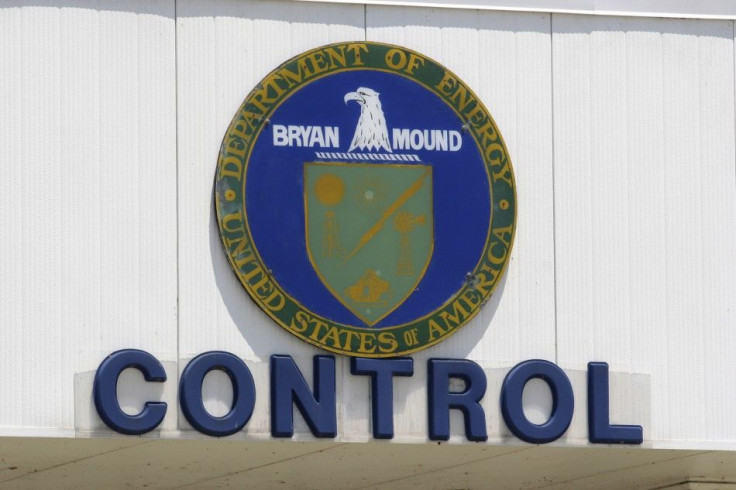A Brief History of the U.S. Strategic Petroleum Reserve [OIL LOANS, OIL SALES]

As gasoline prices march higher and squeeze consumers ahead of November's presidential election, the United States is considering tapping its Strategic Petroleum Reserve to rein in runaway crude-oil futures prices.
Last summer, as violence in Libya slashed crude deliveries to consuming countries, the United States released 30 million barrels of oil from the SPR as part of a plan by the International Energy Agency to coordinate the release of 60 million barrels of oil from its member countries.
This year, tension over Western sanctions on Iran has again helped drive crude prices well above $100 a barrel, and gasoline prices close to $4 a gallon. U.S. Treasury Secretary Timothy Geithner said Friday that the government is considering a release of oil from the SPR, acknowledging supply disruptions from Iran could harm the global economy. The White House declined to comment on any specific talks.
The SPR was initially designed to be used only during a severe supply disruption. But Congress recently modified the law governing the reserve so it could also be used whenever a disruption caused a major rise in petroleum prices that threatened the U.S. economy.
The world's largest emergency crude stockpile, the SPR was created by Congress after the 1973-1974 Arab oil embargo. It holds as many as 727 million barrels of crude in underground salt caverns at four sites along the Texas and Louisiana coasts.
Following are the oil sales and loans made by the U.S. government from the SPR since its establishment:
OIL SALES
-- June 2011, Libya civil war: Sold 30 million barrels.
-- September 2005, Hurricane Katrina: Sold 11 million barrels.
-- 1996-1997, Nonemergency sales: Sold 28.1 million barrels (5.1 million in Weeks Island sale to pay for decommissioning of the storage site and transfer of its oil; 12.8 million to cut the federal budget deficit; and 10.2 million to pay for the cost of operating the SPR).
-- 1990-1991, Iraqi invasion of Kuwait: Sold 21 million barrels (3.9 million in October 1990 test sale; 17.2 million in January 1991 drawdown ordered by president).
-- November 1985, Test sale: Sold 967,000 barrels.
OIL LOANS
-- September 2008: Lent 5.4 million barrels of crude to five oil companies after hurricanes Gustav and Ike cut supplies.
-- June 2006: Lent 750,000 barrels of sour crude to ConocoPhillips and Citgo after the Calcasieu ship channel closed and deliveries stopped to Louisiana refineries.
-- January 2006: Lent 767,000 barrels of sour crude to Total Petrochemicals USA after the Sabine Neches ship channel closed and deliveries stopped to Texas refineries.
-- September/October 2005: Lent 9.8 million barrels of sweet and sour crude after Hurricane Katrina disrupted Gulf of Mexico production and damaged terminals, pipelines, and refineries.
-- September 2004: Lent 5.4 million barrels of sweet crude due to disruptions in the Gulf of Mexico caused by Hurricane Ivan.
-- October 2002: Lent 98,000 barrels to Shell's Capline Pipeline to keep storage tanks full to withstand Hurricane Lili's winds.
-- October 2000: Lent 30 million barrels to boost winter heating-oil supplies in the Northeast.
-- August 2000: Exchanged 2.8 million barrels of crude oil for 2 million barrels of heating oil to create Northeast Home Heating Oil Reserve.
-- June 2000: Lent 500,000 barrels each to Citgo and Conoco after the Calcasieu ship channel closed and blocked crude-oil shipments to Louisiana refineries.
-- December 1998/February 2000 - Exchanged 11 million barrels of SPR lower-quality heavy sour crude for 8.5 million barrels of Mexico Pemex's higher-quality light sweet crude, which was more suitable for U.S. refineries.
-- April 1996: Lent 900,000 barrels to ARCO after company's pipeline to Cushing, Okla., had blockage.
(Reporting by Timothy Gardner and Emily Stephenson; editing by Jim Marshall)
© Copyright Thomson Reuters 2024. All rights reserved.






















